What You Can't Learn in Film School: 7 Secrets to Designing a Feature Film
Seasoned designers gathered at Tribeca to discuss what goes into building the world of film.
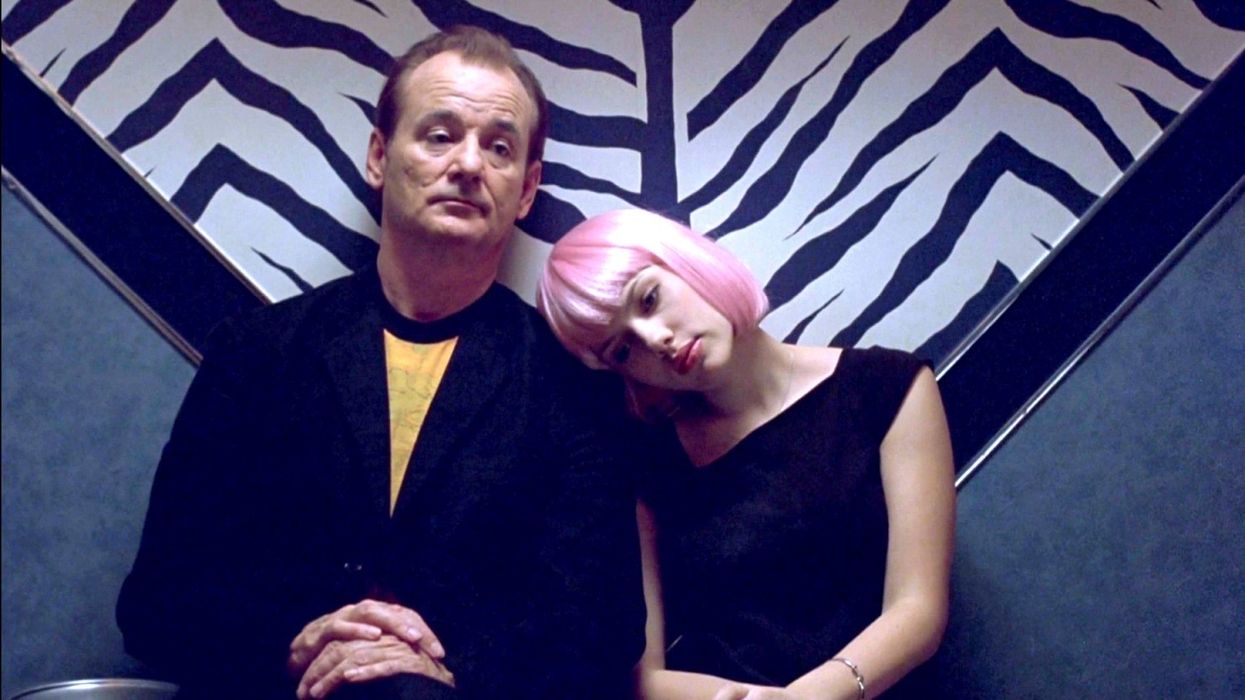
Designers are the artists who create what goes in front of the camera. They craft worlds for your characters out of plywood and fabrics and locally sourced props. They read a script for its texture. From words on a page, designers build entire universes.
At the 2017 Tribeca Film Festival Production and Costume Design Masterclass, a panel of designers came together to discuss their process. Moderated by Bushwick Film Festival founder Kweighbaye Kotee, the speakers were Anne Ross (production designer, Lost in Translation, The Squid and the Whale), Scott Dougan (production designer, Selma, Bridge of Spies), Kemal Harris (costume designer, House of Cards) and M. Cassidy Mosher (costume designer, I Am Legend, Gossip Girl).
Below are our favorite takeaways from the talk.
"It's a very experiential profession. You have to do it to understand what it takes."
1. Treat characters as individuals
Mosher described her experience costume designing on her recent Tribeca feature. "With Permission, each character—each person—was an individual, so I had to approach each one differently. You just dive in and get to know that person. Why do they wear this sweater? Why do they wear this color? Do they wear relaxed jeans or fitted jeans? Is she more modest? Does she cover up all the time? Does she wear an underwire bra or a bralette? Those are really distinct characteristics."
"That's one of the things that I liked going from fashion to film," she continued. "Every character is an individual. That's what we are in real life."
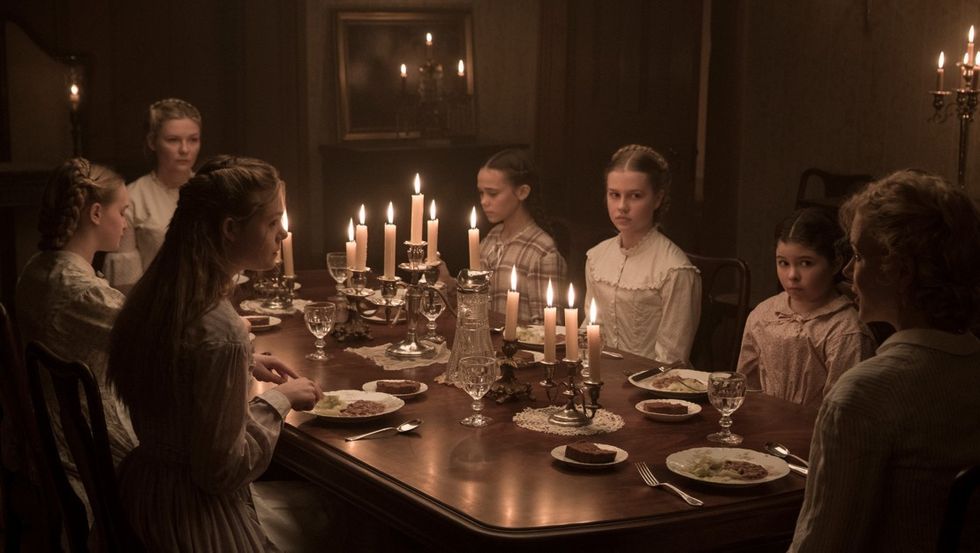
2. Design for story
Ross worked on Sofia Coppola's recent reimagining of Clint Eastwood's 1971 film The Beguiled. She explained some of her process.
"Doing a period movie is similar to any film—you're really trying to discover the people," she said. "I read a lot of diaries from women who lived in the South at this time to learn a little bit about what their lives were like. But really, we did all the research in order to be able to dismiss certain things. Like they would not have had so many candles because they'd run out of money. But we decided, just because we wanted to light with candles, that we were going to make this concession. So I think for period films, you want to learn as much as you can so that you know what you will use and what you won't because it isn't a documentary. You want to use what will facilitate the story."
"We tell our stories through the design we put on our characters."
3. Learn by doing
The panel was adamant about one thing: none of their jobs is something you can learn in film school. "It's a very experiential profession," Dougan said. "You have to do it to understand what it takes."
One way to get ahead is by making friends, Ross encouraged. "It's nice to be friends with other designers because every project is different and the learning curve is big. Make friends with other people who do what you do and who you can call with questions."
But you have to do it early on, she added. "Once you become a designer, you don't work with [other] designers anymore, because there's only ever one on a film. So the friends you make when you're just starting out are a valuable network."
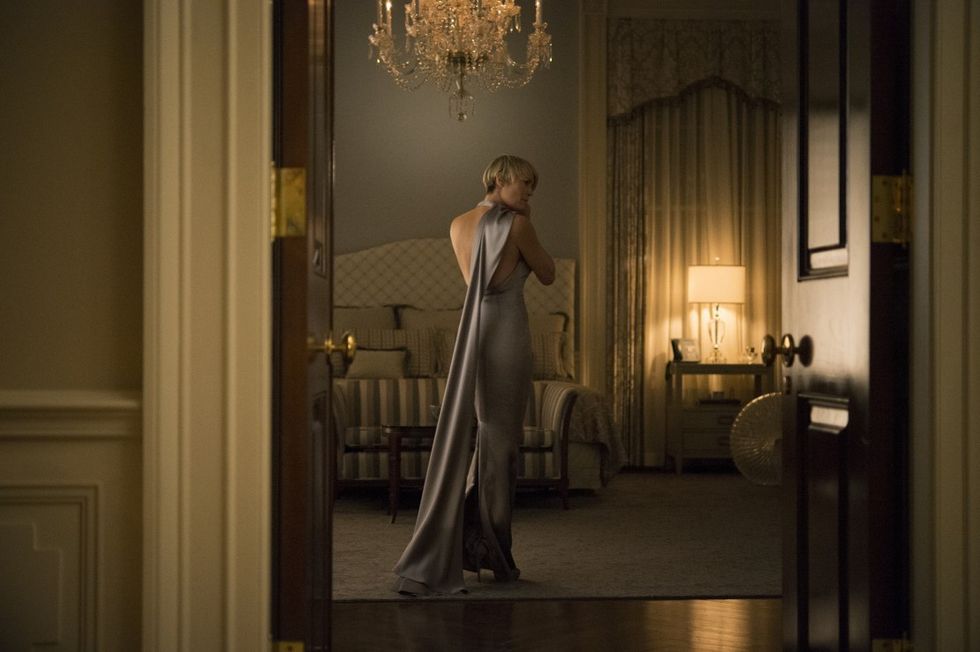
4. Fashion is storytelling
Of fashion, Harris said, "It's a beautiful creative illusion and it's something we can all experiment with in our daily lives. What's great about it is that all of this is just storytelling. You can tell your own story through what you wear every day. We tell our stories through the design we put on our characters. There's really no right or wrong rules; it's what you wake up in the morning and decide to put on, what story you want to tell. And you can change that every day."
5. Intern and build a portfolio to break in
Though Mosher went to school for fashion, she costume-designed a friend's NYU thesis film. After that, she was curious to learn more. "I graduated college and I worked in street fairs, and this really cool chick came in one day and she was a costume designer," Mosher remembered. She asked if the woman needed an assistant and when the woman already had one, she convinced her to take her on as a part-time intern.
"It's the busiest time in NYC ever in the history of film, so it's a good time to break in."
"Sure enough, she was willing to take free help!" Mosher said. "I highly recommend internships to anybody. Treat it like a job and it will become a job. You might have to take some part-time [work to support yourself], but it will become your job if you work at it hard enough. So that's what I did: I interned for her, her supervisor got me a job as a PA, and it went from there."
"Sometimes you can even answer ads on Mandy," Mosher added. She explained how in her early days, Mosher would write into internship postings asking for paid PA gigs. "I got two or three jobs that way," she said.
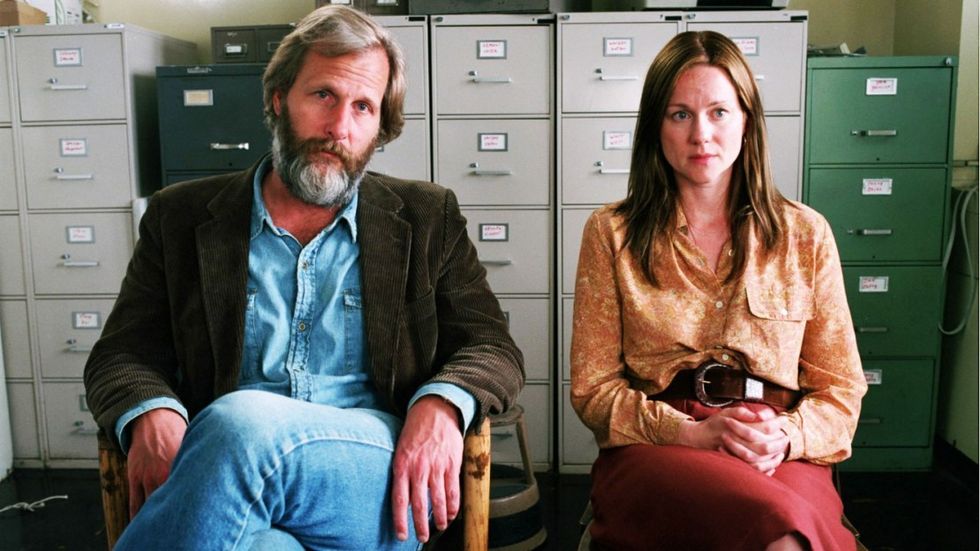
Harris described her own hustle. "I did as many free jobs as possible, worked on the weekends, and reached out to students at fashion design school, young photographers, and model agencies that needed testing," she said. "We would put together these guerrilla photoshoots. We just kept doing that until one day, one of the photographers would say, 'I got the local newspaper; let's do a fashion spread,' or 'This ad event is happening at the mall.' We built up our portfolios until we were very proud of them. And I was able to take that portfolio and start approaching agencies."
Another great way to break in is through the recently established Art Director's Guild Production Apprentice Training Program.
"It's the busiest time in New York City ever in the history of film," Mosher added, "so it's a good time to break in!"
6. Producers can help
The discussion turned to designers' relationships with producers and how they can help—and hurt—the process.
"My best experience is a producer who will keep me abreast of every change ahead of the curve," Harris said. "It's about just getting on the phone and being communicative."
Mosher's biggest concern was budgetary. "As a costume designer, when you start a project, if you want to have three options there for the first day for the fitting, you need three times the budget," she said. "That's gonna get returned, but I need cash flow."
"When you have a producer that's really experienced," Ross added, "they immediately know certain things are costs that are defined that cannot move. And often when you're working with someone who's less experienced, they're just trying to chip away at the money any way that they can. For example, if you know you have three old actors in the summer heat, you have to have X amount of clothes to keep up with that."
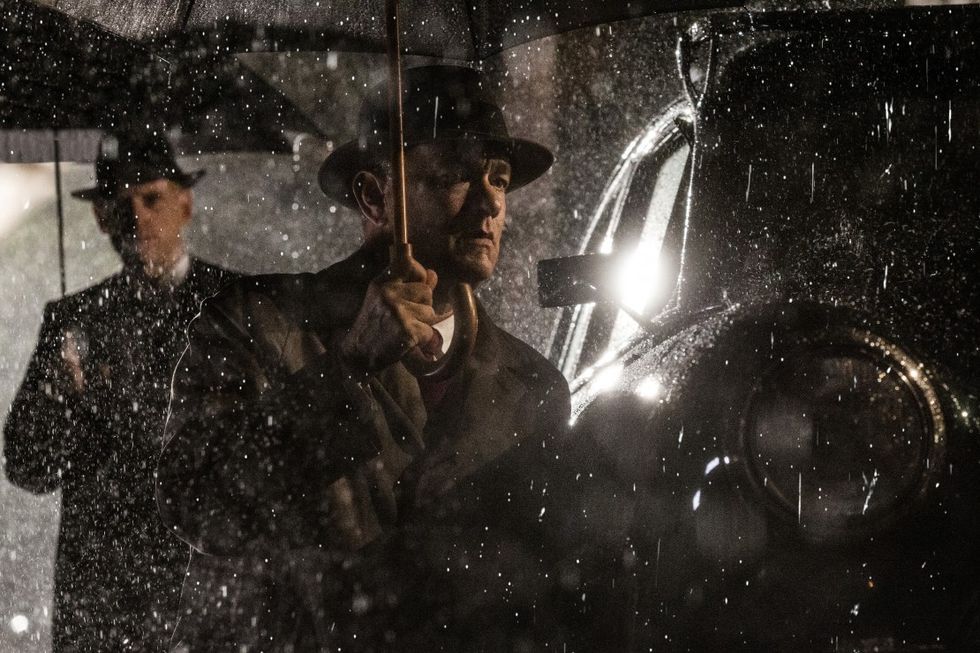
7. Your choice in assistant is key
To close out the panel, the designers commented on the ideal qualities of an assistant.
"Passionate, excited, wants to be involved, people that show up on time—that's a big thing," Ross said.
For Dougan, too, it's enthusiasm that counts. "The skills come afterward," he said.
"[Someone who] doesn't complain, because the work is hard," added Mosher.
Another important thing for Ross is "people who are willing to say when they don't know something."
It's safe to say these qualities make a good assistant in any film job. Go forth with enthusiasm and tell your stories!
For more, see our complete coverage of the 2017 Tribeca Film Festival.











